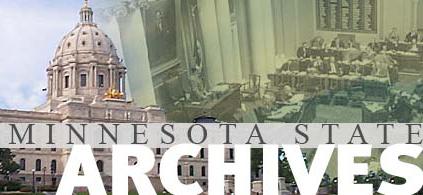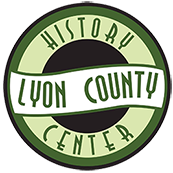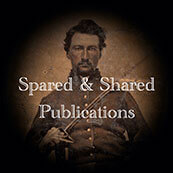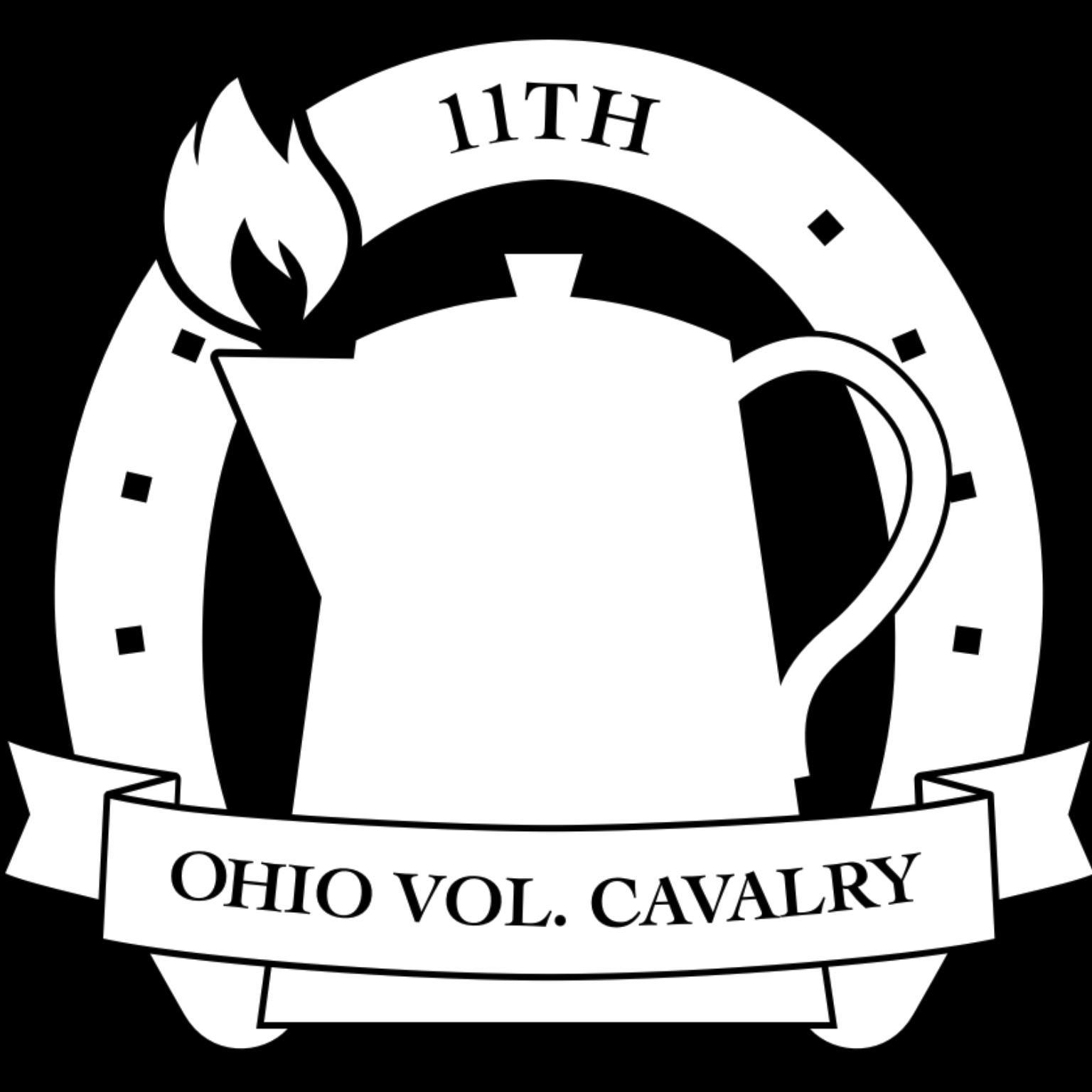BROWSE AN EXTENSIVE LIBRARY OF CIVIL WAR DOCUMENTS IMAGES AND PHOTOS
- More than 100,000 documents and counting.
- Text searchable records.
- Full text notes and letters.
- Filter by unit, date, equipment.
Civil War Letters – An Extensive Collection
Civil War Ordnance Returns
Civil War Photos
Civil War Letters
Research Arsenal’s Powerful Civil War Letters Database
The American Civil War involved over 2.8 million soldiers fighting on both sides and impacted the lives of everyone living in the country. In 1860, the total population of the United States was 31 million, which gives some context to just how massive this fielding of soldiers was. Whether these men served voluntarily or were forcibly conscripted or drafted into the army, the war tore countless families apart and letters became a vital source of comfort and communication to their dear ones back home.
Letters were penned by people from all walks of life and all education levels. Those that could not write for themselves asked friends and relatives that could to write and read their letters for them. In the century and a half that has followed the war, innumerable letters have been lost, many burned shortly after reading to prevent them from falling into unintended hands, but the thousands that remain offer a treasure trove of insight into thoughts and feelings about the war, as well as what daily life was life for soldiers and civilians during the Civil War.
Now through digitization, these records are available instantly to anyone online, opening the door to a more intimate portrayal of the war and access to data at a scale and breadth that could previously only be dreamed about.
Civil War Letters as a Historical Source
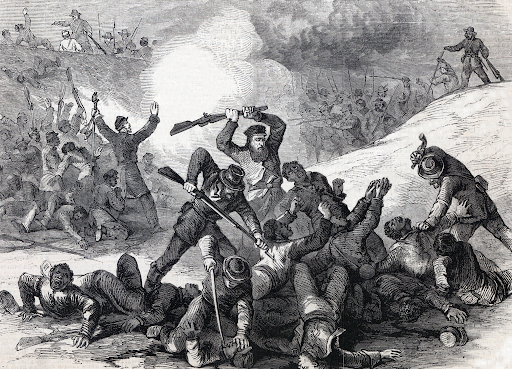
As with any historical event, the thoughts and opinions on the Civil War were as varied as the people who experienced it. Studying Civil War correspondence gives insight into what people thought and believed and were willing to say to those closest to them. It also grants a look into the opinions of people who at the time would not have been given a public platform to express those views or who felt they had to hide their views from all but close family.
Reading letters chronologically also allows researchers to experience the war as a “current event” rather than a series of battles with outcomes already long decided. Many early letters express the hope and expectation that the war will reach a swift conclusion, writers always feeling that things are “just about played out.”
This unique feeling of living in the times that letters provide is something that other historians have tried to recreate on social media. Alwyn Collinson, a digital editor at the Museum of London, runs the X (formally Twitter) account called @RealTimeWWII which posts hourly updates of the progression of the second world war so that people can experience the day by day progression over the course of six years. He’s run through the war twice since beginning the project in 2011 and is currently in the third iteration of the project.
While most letters offer a more intimate portrayal of the war, focusing more on the lives and health of loved ones rather than major battle movements, they also offer a deep insight to the stories and events that drew the sharpest interest and outpouring of feelings, even when these events are often overlooked in modern memory.
One example of this is the massacre of the largely African-American garrison of soldiers at Fort Pillow in Tennessee by soldiers under the command of General Nathaniel Bedford Forrest on April 12th, 1864. While there is still historical debate over the facts to this day, the killing of 300 Union soldiers by the Confederate forces that overran them, and many of the bodies having wounds that suggested they came from executions rather than the battlefield, was a shock to the North and appears in the content of many letters written during that time.
In a letter to her husband, Captain Lot Abraham of the 4th Iowa Cavalry, Sarah Cornelia (Alden) Lot exclaimed, “Oh this terrible war! How it rages! And worst of all, the better part of my life, my heart’s idol, my Lot, is in the front, perhaps to fight on equal terms with the inhuman butchers of Fort Pillow. Oh Lot, how can I bear it. And yet I would not have you shrink from the danger. No, could I speak to you as you hurry on I would say hunt them to the death. Follow them till the last wretch bites the dust & bid him as he falls, “remember Fort Pillow.”
Another Union soldier, John L. Hebron, who served as a bugler in the 2nd Ohio Infantry, cited Fort Pillow numerous times as an incident for which soldiers were eager for revenge, and compared it with the treatment members of his own regiment had received.
Writing to his mother only a couple weeks after the event Hebron said, ““It appears the rebels have hoisted the black flag from the way they used our prisoners — both black and white — at Fort Pillow. They took six of our men down at Ringgold, all white men, and shot them and then punched them full of holes with the bayonets. If that ain’t showing no quarters, I don’t know what is.”
Then in August of 1864 Hebron described an incident of revenge (not historically recorded elsewhere) that demonstrates the lasting impact of the attack:
“We have been busy ever since I wrote before going up and down the railroad. The rebels tore up about a mile of track at Dalton and some at Graysville. That is about all the damage they have done. The negro troops whipped them at Dalton. They did not take any prisoners. They hollered Fort Pillow and bayonetted every rebel they came across and I believe that was right too.”
History books, and history curriculums must necessary focus on the “forest” to present a coherent narrative to make sense of past events. Resources like letters, however, provide a valuable opportunity for the many individual “trees” of that forest to be studied and recognized for the part they play in weaving together the strands of the past.
The Value of Digital Collections in Civil War Research
One of the most revolutionary aspects of modern times is the unprecedented opportunities and access that the digitization of records has given us. Not only does digitization allow for the preservation of documents, ensuring their survival even if the paper they were originally recorded on succumbs to time, it also allows people all over the world to have instant access to collections that were previously only available by traveling to individual archives across the country.
For Civil War documents, sites like the Research Arsenal and Fold3 are dedicated to preserving records and making them accessible. The Research Arsenal in particular focuses on a wide range of documents and sources, including thousands of letters from hundreds of regiments and civilians documenting the war, many of these letters coming from private collections. These letters are also keyword searchable, allowing users to find letters focusing on the specific topics that interest them, whether that be a historic battle or a wife writing of home to a confederate soldier.
The Research Arsenal’s letter collection is an invaluable supplement to its many official documents, such as morning reports, and order books, and stands alongside its extensive photo collection with thousands of images extensively keyword tagged so that users can easily find exactly what they’re looking for.
Digitization of letters with high resolution scans alongside reliable, human made transcriptions allows researchers both the ease of reading and searching printed text, while also ensuring that all of the original fidelity of the documents is preserved, alongside any sketches, letterheads, doodles, and other errata that would be otherwise lost.
Search Thousands of Letters
Digitally Transcribed and Keyword Searchable
The Research Arsenal puts thousands of letters fully digitized and transcribed at your fingertips.
Read about the war from many perspectives. From privates, to generals, to the folks at home, the Research Arsenal letter and diary collection has a wealth of firsthand accounts of the war and details that get lost in “big picture” history books. Search thousands of Civil War letters and Civil War Diaries in a user friendly way to find exactly what you are looking for.
WHAT CAN YOU DO WITH A DATABASE OF THOUSANDS OF TRANSCRIBED TEXT SEARCHABLE LETTERS?
The volume of letters & diaries in our civil war database allows you to search for common words of the time. Compare how common certain terms were vs. others (rebels vs. “secesh”).
Search keywords like “rain” or “storm” and get firsthand accounts of how soldiers handled the cold rain. Or search terms like “sleep” or “camp” to find more than 1,000 results in which soldiers describe how they camped. The possibilities are endless with the ability to quickly search any word in our database of Civil War letters and diaries.
The ability to keyword search political opinions, opposing views of battles, and similar topics allows you to better understand how each side was able to rationalize their thoughts.
FILTER BY SPECIFIC BATTLES
UNDERSTAND THE PERSONAL SIDE OF THE WAR
The Research Arsenal’s letters and diaries collection is the perfect complement to our other material focused databases.
For authors, historians, and reenactors, the letters and diaries database offers unique insights into how soldiers and civilians lived, spoke, and thought.
The Research Arsenal makes it easy to read multiple perspectives on historical events all in one place. Read Union, Confederate, and civilian perspectives on major battles without combing through multiple state archives and historical society records.
Easily find letters written from and about specific regiments and learn what the soldiers were thinking during campaigns, and how they were viewed by the regiments serving alongside or against them.
Use our related image sets feature to find sub collections of letters written from or to the same individual, sometimes for the duration of the war
Dive into Letter Writing Culture During the Civil War
How Were Letters Written During The Civil War ?
Writing letters during the Civil War was very different from how we communicate today. Not only did people have to take into account the fact that any messages they sent would take days to arrive, but letters were often sent to be read to entire families. Anything that was more personal in nature was written on pages marked “private” or occasionally done in code.
It is also not uncommon to find sections of letters carefully cut out to remove any information of a delicate nature and there are many references in letters to whole batches of letters being burned to prevent them falling in the hands of others, either to protect information, or just to evade the teasing and laughter of others.
Letters were often much more conversational in tone, as if the writer were talking to the recipient face to face, rather than the more formal and organized manner most modern letters or emails are written in. Very often you will find letter that will interrupt their flow to say, “Well, Lucy, (or whatever the recipient’s name is) and then continue the sentence. Writers also informed their recipients if any significant breaks of time occurred between beginning a letter and finishing it. If a person began writing a letter and left it for a few hours, he or she would make note of that break as soon as he or she began writing again, usually by admitting to stopping to eat a meal or do some kind of work.
Dispatching Letters During The Civil War
The mail was not always reliable, and letters frequently were lost due to a variety of factors including theft, destruction en route, or simply mislaid in the course of traveling from cities and rural villages to sometimes very remote locations on the field of battle. Because of this, many writers numbered the letters that they sent to each other so that they would know if any went missing, and to more easily refer to which letter they were replying. These numbers were often placed on the top right corner of the page above the location and date of the sender.
Another challenge letter writers had to deal with was the availability of both stamps and paper to send letters. Many soldiers complained about the difficulty of obtaining stamps, which “could not be had for love or money.” If they couldn’t get their friends and relatives to send them stamps in their reply letters, some of them would chance mailing letter without postage in the hope that the recipient would pay the postage on its arrival. These letters would have “soldier’s letter” written on their envelopes to indicate why they were being sent without postage.
Besides using stamps, soldiers were also able to “free frank” letters by having them signed by congressmen, senators, or certain military officers. This signature was placed where a stamp usually was on an envelope and waived the normal postage fees for a letter. Stamps, if you had them, continued to be more convenient than hunting down a signature for your letter and so the vast majority of letters continued to be paid for with stamps. However, due to the popularity of stamp collecting and the value of Civil War era stamps, it is also not uncommon to find that many envelopes had their stamps cut off sometime in the years that followed the war.
Paper Shortage For Letter Writing
Shortages of paper were especially acute for soldiers of the Confederacy, but occurred for everyone from time to time, either because there was no more paper to be had, or because the writer simply didn’t want to start a new sheet if they could avoid it. Because these shortages of paper were common, many people used the same systems to squeeze as much writing as they could onto a sheet.
After a writer filled a sheet and was unable, or unwilling, to start another they had two main courses of action. Some of them would turn the letter upside down and then try to fit the new lines of text in between their original lines of text. This could be quite effective for those that had left large spaces in their letters to begin with, but as many writers knew from the start they were writing long letters and didn’t leave such gaps, another method was also used.
In the second method, the writer would fill up their page with as much text as they could and then rotate the page ninety degrees and continue writing perpendicularly to the their original text. This gave letters written at this time a unique gridded look and makes them quite difficult to read quickly, though they can usually be parsed out by reading the words slowly aloud, which is how they were most likely to be read to begin with.
It is in cases like this that preservation of the original image of the letter, rather than just a transcription of its content, adds significantly to our understanding and appreciation of the time in which it was written. While personal letters give researchers a lot of insight into what people were thinking and feeling about the war, the thoughts and worries that might not appear in more official texts such as speeches and newspaper articles, they were subject to their own constraints of the time as well. Some of these constraints had to do with the dangers of the letters falling into the hands of people they weren’t meant for, and others were drawn by the writing conventions of the time, or even by the simple fact of having no more paper with which to write.
References
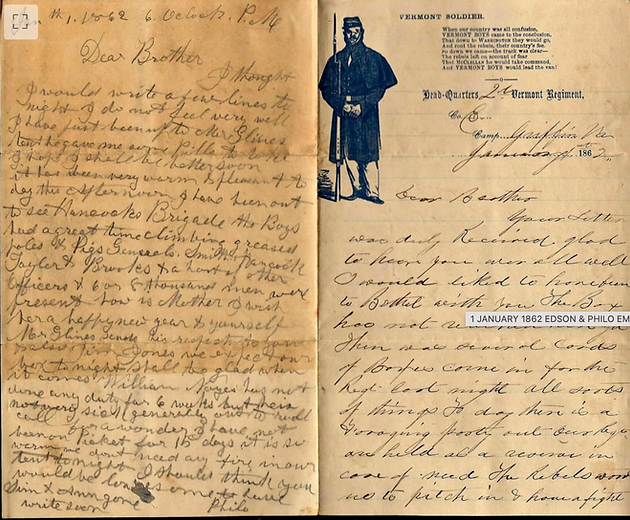
Leaming, Mark J. “The Fort Pillow Massacre, 1864” The Gilder Lehrman Institute of American History, accessed October 19, 2023. https://www.gilderlehrman.org/history-resources/spotlight-primary-source/fort-pillow-massacre-1864

Hebron, John L. Letter dated April 28, 1864. Research Arsenal, accessed October 19, 2023. https://app.researcharsenal.com/imageSingleView/45246

Abraham, Sarah Cornelia. Letter dated May 9, 1864. Research Arsenal, accessed October 19, 2023. https://app.researcharsenal.com/imageSingleView/65394

Hebron, John L. Letter dated August 22, 1864. Research Arsenal, accessed October 19, 2023. https://app.researcharsenal.com/imageSingleView/45292

Murray, James Haynes. Letter dated March 1, 1863. Research Arsenal, accessed October 19, 2023. https://app.researcharsenal.com/imageSingleView/65191

Koren, Marina. “The Man Who Live-Tweets World War II.” The Atlantic, September 29, 2017, https://www.theatlantic.com/technology/archive/2017/09/world-war-twitter-tweeting/541134/
Accessing The Civil War Letters Database
Through online digital collections like the Research Arsenal, scholars can get full access to an amazing trove of letters, complete with scans of the original images along with typed transcriptions that allow them to access both the content of the letter as well as the original form that governed it. Digitization also means that it’s simple and convenient to access letters from every state right at your home, rather than having to travel a great many miles to archives in numerous states to get the same body of information.
Over one hundred and sixty years after the start of the Civil War, the digitization of Civil War letters is giving us the most comprehensive source of information on day to day life of people at the time, as well as their thoughts on the swiftly changing world around them. Modern digitization also allows for the preservation of the letters in full color, unlike the many microfilm records of previous decades. Finally, digital metadata tools make it easier than ever to search large collections for the most relevant information possible.
Despite our distance in time from the war, now just might be one of the best times to be a Civil War historian. The documents have never been easier to access and every day new records are scanned and shared with the public. The words and thoughts of those long past will never be lost as long as we stay committed to preserving and sharing them.
SIMPLE SEARCH FEATURES
Easy to use search features, so you can limit results by library, category, date, location, keyword and more. See related items easily.
CHOOSE A LIBRARY
Photographs & Images
Letters
Quartermaster & Ordnance Specs
US Ordnance returns
Search by Source/Call #
or browse all

SEARCH
BY KEYWORD OR
FILTER BY 12 CATEGORIES

VIEW RESULTS
• View/enlarge single images
• Read description

UNLOCK FEATURES, SIGN UP HERE
FREQUENTLY ASKED QUESTIONS
Soldiers would write their letters using pen and paper. Sometimes, they used stationery provided by the military, and at other times, they used whatever materials they could find. After writing the letter, soldiers would often seal it using wax. Getting letters from the front lines to their destinations was a significant logistical challenge. The military postal system played a crucial role in facilitating the delivery of letters. The letters were often collected and transported by military couriers or through the regular mail service when possible. Letters were subject to censorship by officers to ensure that sensitive military information did not fall into enemy hands. In some cases, portions of letters deemed inappropriate or compromising were blacked out or cut out before delivery.
As would be expected at the difficult time as during a civil war, the challenges faced by soldiers with regard to letters during the civil war cut across:
-
Limited Writing Materials
-
Ink and Pen Shortages
-
Primitive Writing Conditions
-
Limited Privacy
-
Censorship
-
Logistical Challenges
-
Emotional Stress
Some of the most famous letters written include the following:
-
Sullivan Ballou’s Letter to His Wife (1861)
-
Abraham Lincoln’s Letter to Mrs. Bixby (1864)
-
General Joshua Lawrence Chamberlain’s Letter on Appomattox (1865)
-
Major Sullivan Ballou’s Letter to His Wife (1861)
-
Mary Todd Lincoln’s Letters to Her Husband
-
Walt Whitman’s Letters Home (1862-1865)




